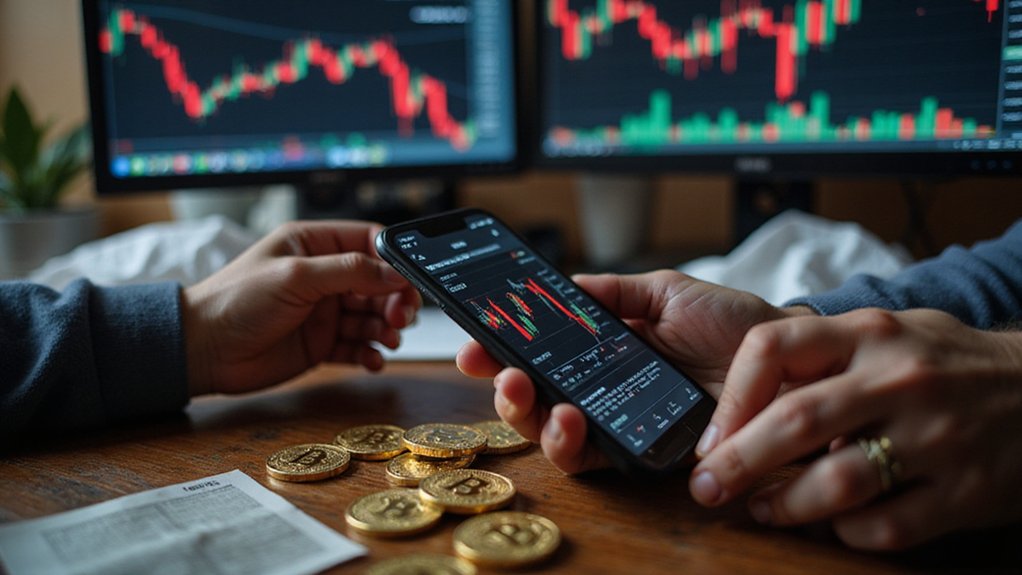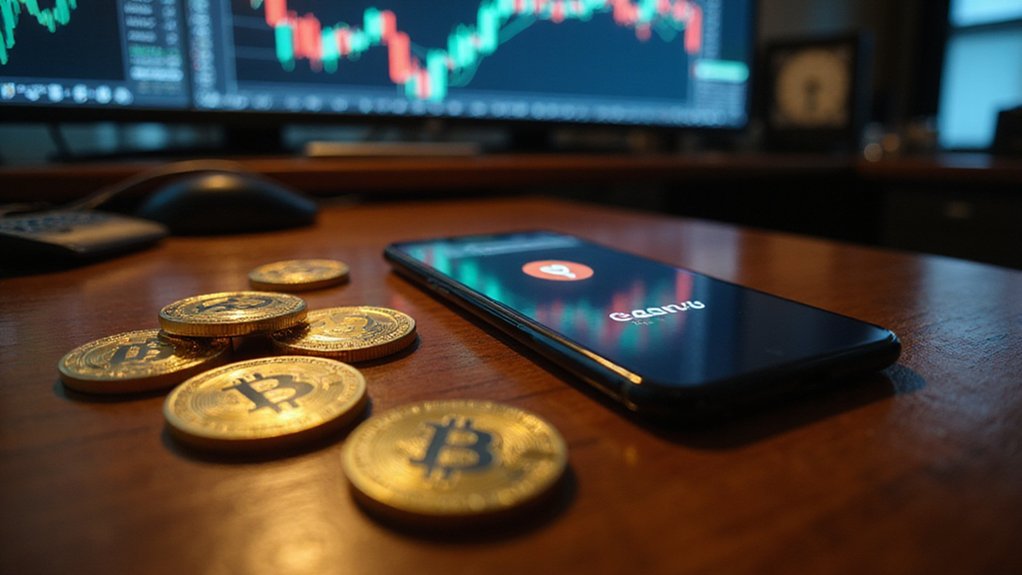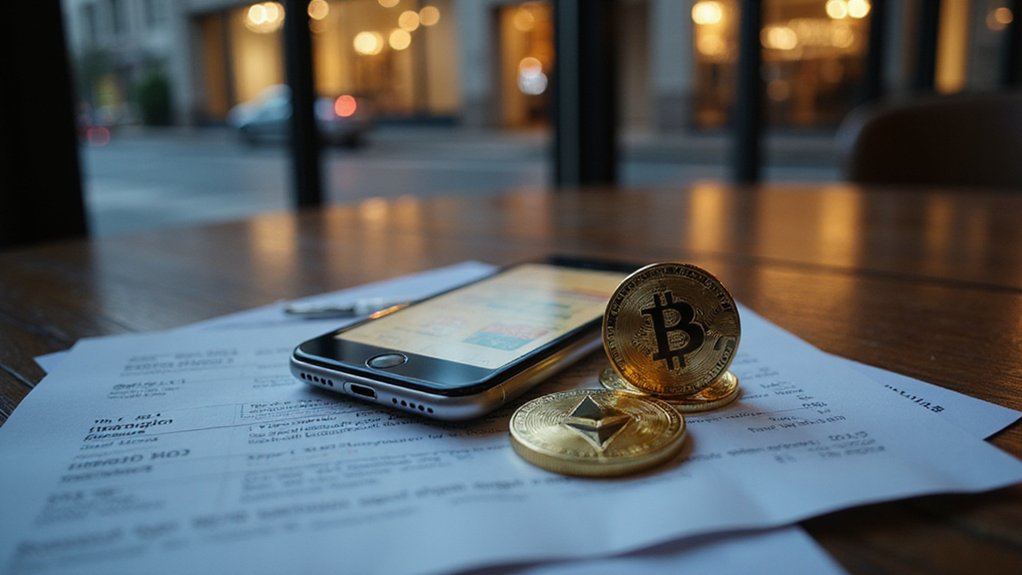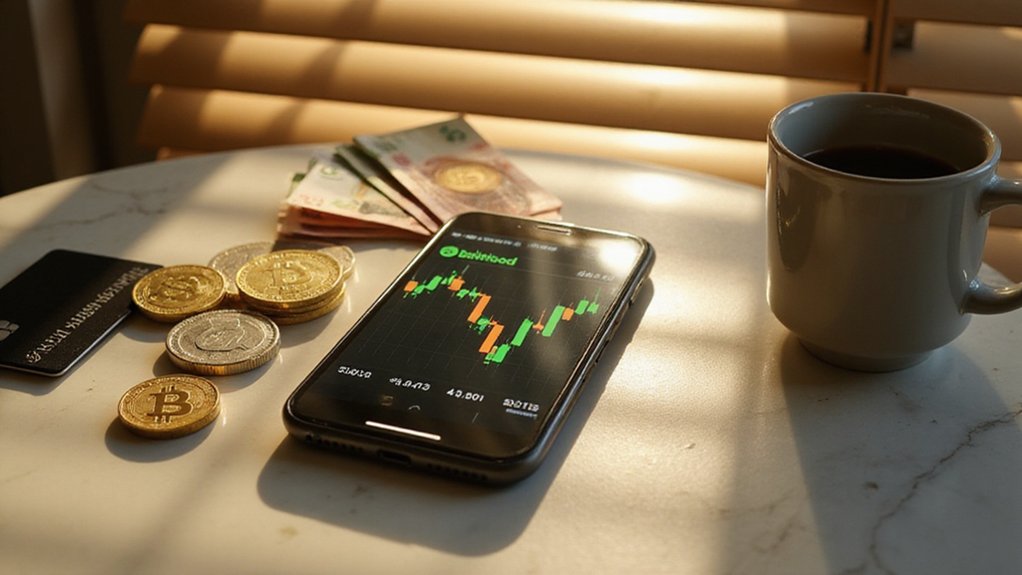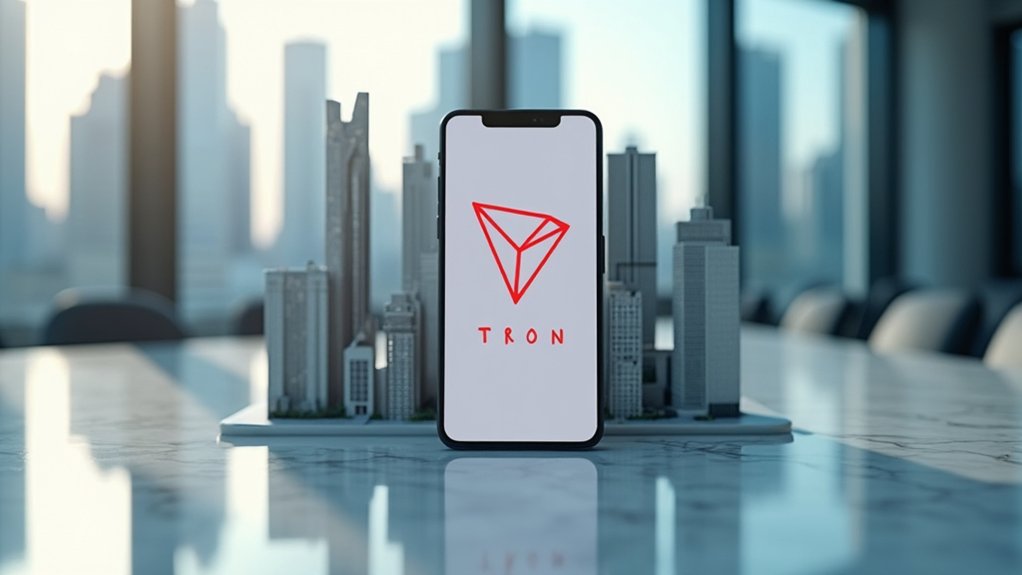Telegram has quietly executed what might be the most audacious mainstream crypto integration in recent memory, embedding a fully functional TON blockchain wallet directly into its U.S. messaging app for 87 million American users as of July 22, 2025. The deployment transforms ordinary chat interfaces into cryptocurrency command centers where users can send TON tokens as effortlessly as sharing memes—a development that would have seemed fantastical mere years ago when regulatory hostility made such integrations virtually impossible.
The wallet operates on The Open Network, a layer-1 blockchain originally conceived by Telegram itself, offering the kind of ultra-fast transactions and minimal fees that make traditional banking seem positively glacial by comparison. Users maintain complete custody of their private keys (because apparently we’ve learned something from the spectacular implosions of centralized exchanges), while the interface abstracts away blockchain complexities that typically require advanced degrees in computer science to navigate. The platform enhances usability through zero-fee crypto purchases via its partnership with MoonPay, eliminating traditional barriers that have historically deterred mainstream adoption. For maximum security of digital assets, users should consider hardware wallets for long-term storage, which offer superior protection compared to software-based solutions.
The wallet delivers blazing-fast transactions while mercifully hiding blockchain complexities that normally require engineering PhDs to decipher.
What makes this particularly striking is the regulatory metamorphosis that enabled it. TOP CEO Andrew Rogozov cited improving regulatory conditions as a catalyst for the U.S. launch—a remarkable turnaround considering the previous administration’s approach to crypto resembled medieval attitudes toward witchcraft. The timing capitalizes on over 100 million global wallet activations throughout 2024, suggesting users were practically salivating for this functionality.
The integration extends beyond simple token transfers into Telegram’s expanding Mini Apps ecosystem, where users can engage with gaming, DeFi protocols, and digital commerce without leaving their messaging environment. This creates something approaching a “super app” model—though whether Americans will embrace the concept remains an open question, given their historical preference for specialized applications over multi-functional platforms.
Perhaps most intriguingly, Telegram has positioned itself as critical infrastructure for decentralized finance, enabling NFT storage and tokenized asset management within familiar chat interfaces. The platform’s crypto-savvy user base provides natural adoption momentum, though the true test lies in converting mainstream users who still view cryptocurrency with the enthusiasm typically reserved for root canal procedures.
If successful, this integration could represent the inflection point where crypto finally transcends niche enthusiast communities.

